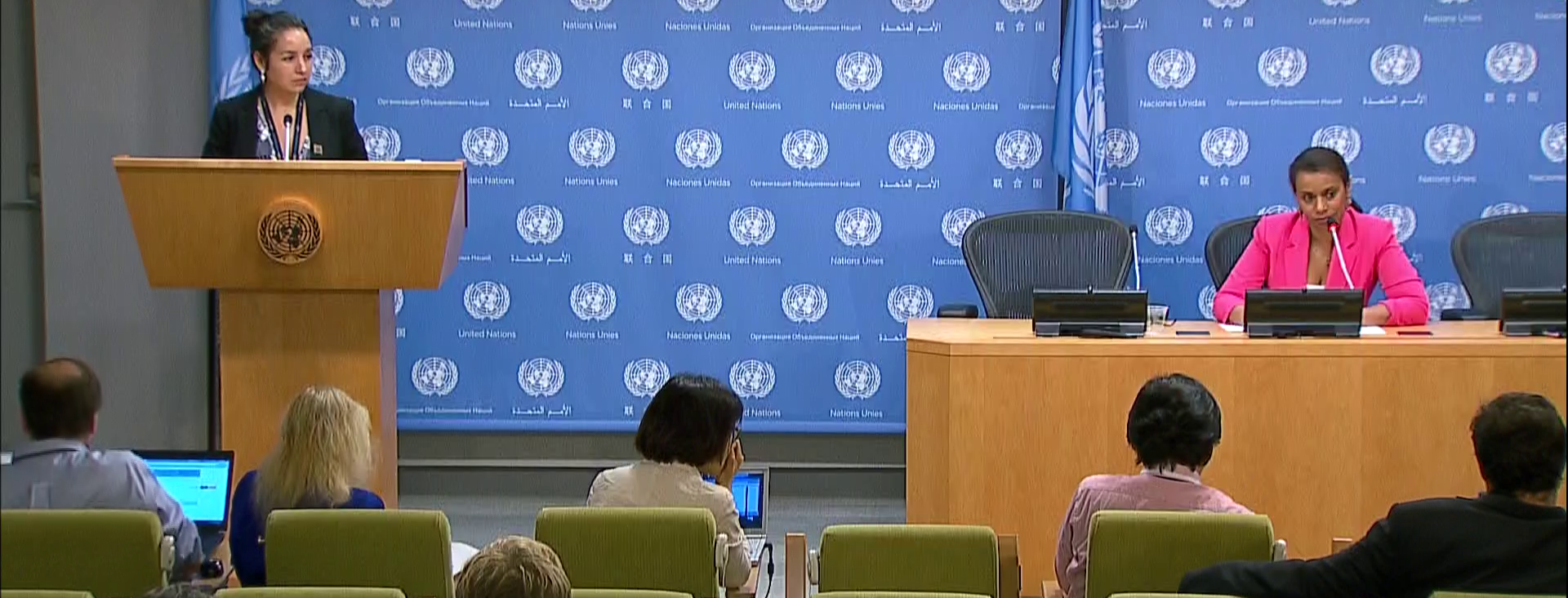Treaty on the Prohibition of Nuclear Weapons (TPNW) enters into force
The Treaty on the Prohibition of Nuclear Weapons (TPNW) enters into force after 50 ratifications on January 22 in accordance with Art. 15 (1). The ultimate objective of the treaty is a total elimination of nuclear weapons.
The negotiations for a prohibition of nuclear weapons started in 2016. They reflected a long-lasting grassroot movement, with the Nobel Peace Prize laureate, the International Campaign to Abolish Nuclear Weapons (ICAN) as a key civil society actor. It comprises 468 partner organisations in 101 countries. Their starting point was that the legality of nuclear possession and use was not subject to a comprehensive ban despite their catastrophic humanitarian and environmental consequences.
It was adopted by the UN General Assembly on 7 July 2017 and opened for signatures 20 September 2017. The threshold of 50 ratifications for the treaty to enter into force was accomplished on 24 October 2020. As of 22 January 2021, 51 states have ratified the treaty.
But what does the TPNW ban more specifically? It includes a set of prohibitions on participating in any nuclear weapon activities. These include undertakings not to develop, test, produce, acquire, possess, stockpile, use or threaten to use nuclear weapons. It also prohibits the deployment of nuclear weapons on national territory and the provision of assistance to any State in the conduct of prohibited activities. In short, no nuclear activities except peaceful use of nuclear energy is accepted.

The humanitarian and environmental perspectives are at the centre of the TPNW. The preamble explains its motivation in the catastrophic consequences of nuclear weapons by the sufferings of the surviving victims of the 1945 atomic bombings of Hiroshima and Nagasaki, and the victims of nuclear tests. Art. 6 obliges states to perform environmental remediation and assistance to the victims of the use and testing of nuclear weapons.
The TPNW also mentions the Comprehensive Nuclear-Test-Ban Treaty (CTBT) in its preamble. The CTBT is perceived as of “vital importance” and “as a core element in the nuclear disarmament and non-proliferation regime”. The TPNW prohibits nuclear testing but does not include a verification regime for monitoring compliance with the treaty – as the CTBT does.
Lastly, the TPNW is not ratified, nor signed, by any nuclear state. This is a constraint the agents of the treaty will have to overcome to accomplish their ultimate objective of an elimination nuclear weapons.